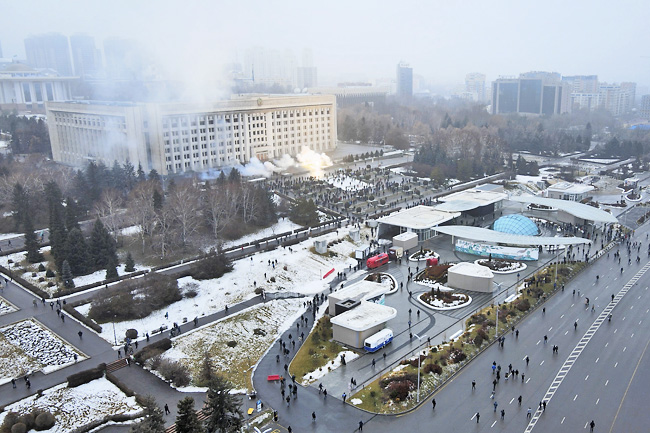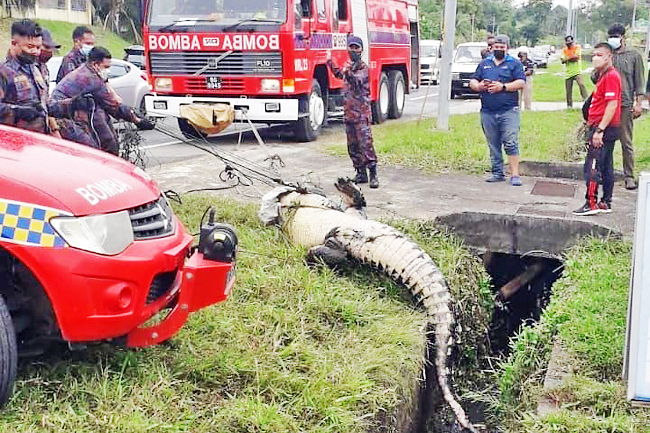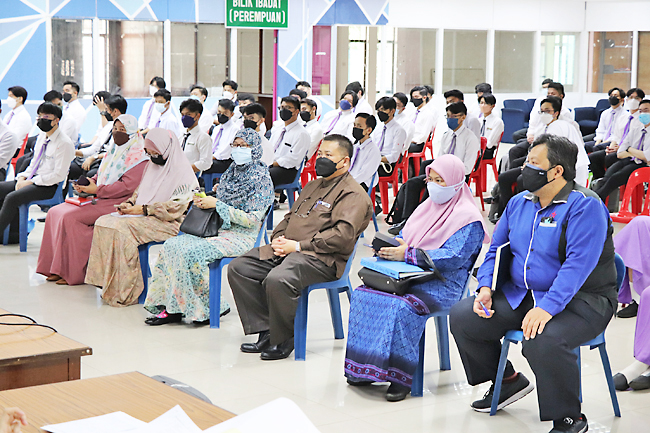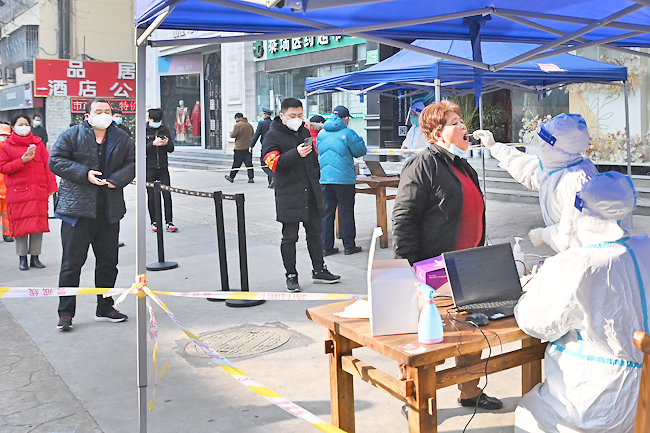Danial Norjidi
A new report by the World Economic Forum (WEF) has indicated that there is an increase in the number of small and medium-sized enterprises (SMEs) seeking digital technology to overcome challenges caused by the COVID-19 pandemic.
The report, titled ‘COVID-19 and Technology Adoption in Small and Medium-Sized Enterprises: The Impact and the Way Forward’, also finds, however, that SMEs face numerous barriers to adopting technology at a critical time of need.
According to a WEF press statement, while 97 per cent of global companies have accelerated adoption of technology to get through the pandemic, according to Forbes, the WEF’s survey indicates that only 23 per cent of SMEs were able to dedicate resources to new digital tools.
“SMEs are still scrambling to meet mandated health and safety measures, threatening their ability to stay operational,” said the statement.
It also noted that SMEs represent more than 90 per cent of all companies globally and are the primary drivers of social mobility, creating seven out of 10 jobs.
“Unfortunately, these companies are struggling to embrace the Fourth Industrial Revolution, endangering their own comparativeness in a global economy.”

The pandemic further emphasised the importance of business to be flexible and agile, and yet these digital resiliency tools are out of reach.
The survey of 141 SMEs from six countries that are part of the WEF’s Fourth Industrial Revolution Network – Azerbaijan, Brazil, Colombia, Kazakhstan, South Africa and Turkey – shows heightened demand among SMEs to integrate digital technology in business operations, particularly related to the industrial Internet of things (IoT), cloud computing, big data and artificial intelligence (AI), the statement shared.
“When asked about the different use cases most SMEs expressed interest in deploying technology to optimise processes, ensure safety and security, facilitate quality management, and manage workforce training and collaboration. Given the low level of automation and digitalisation among SMEs, the report suggests an outsized opportunity for SMEs and digital solution providers to collaborate.” The report “found that the most prominent impact of COVID-19 on SME supply chains has been on the procurement side, such as issues with costs and the availability of materials, as well as delivery and logistics problems”.
“In terms of business activities, unsurprisingly, many of the SMEs surveyed were forced to move to remote working, which resulted in increased demands being placed on their IT infrastructure. Many also faced temporary suspension of their business activities.”
The study revealed that around 40 per cent of the SMEs surveyed ceased their activities during the pandemic, which has caused a reduction in employee working hours or has led to redundancies in the past year.
It also describes the health restrictions put in place to stop the virus’ spread as having underscored the importance of integrating digital technologies in business operations.
“The analysis demonstrates that companies’ interest in digital technologies has grown between 2019 (pre-COVID-19 period) and 2021 (a year into the pandemic). SMEs are more interested in IoT, big data, cloud computing, AI and virtual and augmented reality.”
“Various use cases such as health and safety, security, process optimisation, quality management, employee training and data accessibility also saw an increase in interest among SMEs.”
The study added, however, that despite the increase in awareness of the importance of digital technology, many companies have admitted to either suspending their digitlisation plans or having no plans at all.
“This is partly due to the financial stress caused by the pandemic’s impact on sales and operations. More importantly, this points to the continued existence of significant barriers that hamper the adoption of digital technology among SMEs.”
Among the main barriers identified in the study were: financial constraints, lack of skilled labour, infrastructure barriers to the availability of digital technology and inadequate support from executives.
The main barriers identified in the study largely mirrored those outlined in the Policy Protocol co-designed and developed by the WEF in partnership with the Ministry of Economy of Brazil and the Brazilian State of Sao Paolo. It adds that this underscores the importance and continued relevance of the Policy Protocol in promoting the use of digital technology among SMEs.
The Policy Protocol aims to lower barriers and promote the adoption of digital technology by SMEs.
According to WEF’s Head of Urban Transformation Jeff Merritt, “The protocol identified five main challenges: people and capabilities; funding; process and infrastructure; technology and readiness; and strategy and ecosystem. In addition, it named four key policy interventions to overcome them: raising awareness; expert support and upskilling; financial support; and encouraging collaborative environments.”
The COVID-19 pandemic has emphasised the need for a deeper integration of digital technology among SMEs.
“Addressing the barriers will likely benefit all stakeholders – the public and private sectors, as well as larger segments of society – by unlocking the economic and social potential and value of more productive and competitive SMEs.”
Meanwhile, the WEF press statement underlines that policy-makers have an important role to play in reducing barriers, aligning incentives for different stakeholders and creating an environment conducive to wider adoption and deeper integration of digital technology among SMEs. “This will not only save jobs but also create new ones by raising awareness, supporting upskilling, providing financial assistance and building a collaborative environment to encourage wider adoption of technology.”













